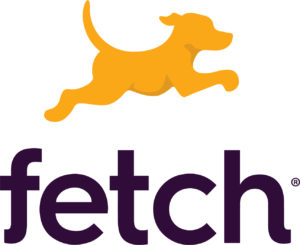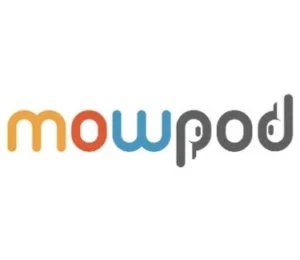Calculating LTV — Paul Orlando // USC
Paul Orlando
USC

Paul is Incubator Director & Adjunct Professor at USC
Learn to calculate Customer Acquisition Cost, Lifetime Value, and why businesses behave the way they do- Part 1 Calculating LTV — Paul Orlando // USC
- Part 2Calculating CAC — Paul Orlando // USC
Show Notes
-
04:11How to calculate LTVTo calculate LTV, we must look at the price per unit sold, cost of production, and repeat purchases. LTV should be calculated over time, not as a static, singular number.
-
06:41Calculating LTV based on your business modelIts about understanding how youre going to recoup your margin from your customers. Lifetime value can potentially be extended through product improvement.
-
09:19Timeframe for calculating LTVGrowth can be restricted in cases where its completely dependent on customer purchases. When venture capital is involved, growth can happen in a shorter timespan.
-
11:48Balancing out CAC and LTVEssentially, you want to avoid having high CACs costs and low LTV. So, instead of pumping money into customer acquisition, aim for sustainable growth.
-
13:52Churn ratio when evaluating LTVThis is a part of the retention metric. It can be tracked month over month to get a weighted gross margin for the customer, over that period.
-
15:28Normalizing data to ensure LTV is accurateFirst, separate LTVs by customer type. Then, determine your ability to grow those segments and whether the CACs will be favorable over time.
Quotes
-
"LTV can be separated out by customer segment, channels by which you reach your customers, and by cohort." -Paul Orlando, USC, Incubator Director & ADJ PROF
-
"There's a few pieces to LTV. You have your price per unit sold, the cost of producing that unit, and then you have a metric around repeat purchases." -Paul Orlando, USC, Incubator Director & ADJ PROF
-
"Think of LTV as a sequence of flows rather than a single static number. Instead of $100, it might be, I'm getting $5 a month for 20 months." -Paul Orlando, USC, Incubator Director & ADJ PROF
-
"Put the numbers into a spreadsheet, and go through how you are getting margin back from your customers. Then you can start to talk about a payback period for customer acquisition." -Paul Orlando, USC, Incubator Director & ADJ PROF
-
"Customer acquisition is often an upfront thing. But, it takes a little while to understand LTV. " -Paul Orlando, USC, Incubator Director & ADJ PROF
-
"For physical product companies building their inventory before selling, 4 months can go by. Then, waiting for the payment processor to deposit the money in their account restricts growth." -Paul Orlando, USC, Incubator Director & ADJ PROF
-
"When companies are paying high customer acquisition costs, that can sometimes be the result of being guided into growing faster than they should." -Paul Orlando, USC, Incubator Director & ADJ PROF
-
"Tracking my retention monthly will give me a weighted gross margin per period. Then, I can talk about the sum of all the margin I'm getting back from the customer in a year." -Paul Orlando, USC, Incubator Director & ADJ PROF
-
"For a segment where the LTV is relatively low, but there are a lot of people like that, and it's cheap to acquire them, you could really grow there." -Paul Orlando, USC, Incubator Director & ADJ PROF
-
"For a potential small niche segment, that's really expensive to gain, if you can, they're really profitable. So it really depends on the kind of business that you have in your market." -Paul Orlando, USC, Incubator Director & ADJ PROF
- Part 1 Calculating LTV — Paul Orlando // USC
- Part 2Calculating CAC — Paul Orlando // USC
Paul Orlando
USC

Paul is Incubator Director & Adjunct Professor at USC
Learn to calculate Customer Acquisition Cost, Lifetime Value, and why businesses behave the way they doUp Next:
-
Part 1Calculating LTV — Paul Orlando // USC
Paul Orlando, Incubator Director & Adjunct Professor at USC, shares some of the most important metrics for marketers. When building a business, LTV is often a highly sought after number. Rather than a single, static number, understanding LTV starts with understanding the behavior of your customer segments. Today Paul takes us through the process of calculating LTV.
-
Part 2Calculating CAC — Paul Orlando // USC
USC Incubator Director & Adjunct Professor, Paul Orlando, wraps up discussions on some of the most important metrics for marketers. When you’re on the hunt for investment capital, your CAC is a very important metric. It indicates what channels are working for you and highlights opportunities for scale. Today Paul talks about calculating your customer acquisition costs.
Play Podcast










